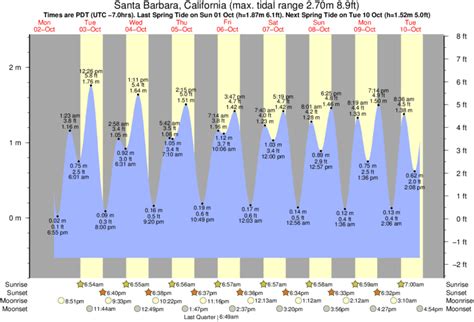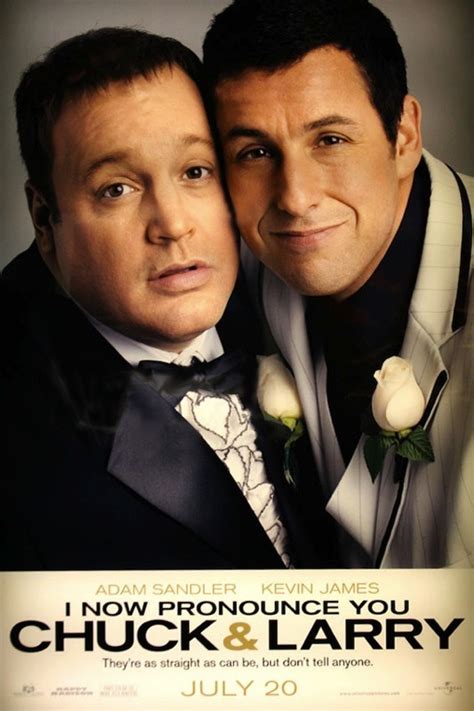The coastal city of Santa Barbara, located in Southern California, is renowned for its picturesque beaches, scenic coastline, and abundant recreational opportunities. For water enthusiasts, understanding the tidal patterns is crucial for making the most of their surfing and fishing experiences. Tides play a significant role in shaping the coastline, affecting the size and quality of waves, and influencing the behavior and distribution of marine life. In this comprehensive guide, we will delve into the world of Santa Barbara tides, providing valuable insights and practical information for surfers and anglers alike.
Understanding Tides
Before diving into the specifics of Santa Barbara’s tidal patterns, it’s essential to grasp the fundamental concepts that drive these oceanic fluctuations. Tides are the periodic rising and falling of the sea level caused by the gravitational pull of the moon and, to a lesser extent, the sun. The moon’s gravitational force is the primary driver of tides, with its effect being most pronounced when it is at its closest point (perigee) and weakest when it is at its farthest point (apogee). The sun also exerts a gravitational force on the Earth’s oceans, although it is less powerful than the moon’s. When the sun and moon are aligned (at new moon or full moon), their gravitational forces work together to create even higher high tides and lower low tides, known as spring tides. Conversely, when the sun and moon are at right angles to each other (during quarter moons), their forces cancel each other out, resulting in neap tides.
Tidal Patterns in Santa Barbara
Santa Barbara’s unique geography, with its combination of beaches, points, and reefs, creates a diverse range of tidal conditions. The area experiences a mixed semidiurnal tidal pattern, which means it has two high tides and two low tides each day, with the height of each tide varying. This variation is due to the complex interactions between the moon’s gravitational force, the sun’s gravitational force, and the shape of the coastline. For surfers, understanding these tidal patterns is crucial for catching the best waves. Generally, the best surfing conditions are found during mid-tide to high-tide phases, when the waves are typically at their largest and most consistent.
Best Surfing Spots and Times
Santa Barbara boasts an array of excellent surfing spots, each with its unique characteristics and optimal surfing times. Some of the most popular locations include:
- Rincon Point: Known for its world-class waves, Rincon is best surfed during the mid-tide to high-tide phase, especially during the winter months when the waves are larger.
- Leadbetter Beach: This spot is ideal for beginners and is best surfed during the low-tide phase when the waves are smaller and more manageable.
- Santa Barbara Harbor: The harbor offers a more protected spot for surfing, with the best conditions typically found during the high-tide phase.
Fishing in Santa Barbara
For anglers, the tidal cycles also play a critical role in determining the best fishing times and locations. Fish are more active during certain tidal phases, and understanding these patterns can significantly increase the chances of a successful catch. In Santa Barbara, the best fishing times often coincide with the changing tides, as these periods of increased water movement tend to activate fish. Popular fishing spots include the Santa Barbara Pier, the jetties at the harbor entrance, and the numerous beaches and reefs along the coastline.
Tidal Influence on Marine Life
The tidal cycles have a profound impact on the marine life in and around Santa Barbara. The changing tides influence the distribution, behavior, and abundance of various species. For example, certain species of fish are more likely to be found in specific tidal zones, while others migrate between different areas in response to tidal changes. Understanding these patterns can help anglers target specific species and improve their fishing success.
Practical Tips for Surfers and Anglers
- Check the Tide Charts: Before heading out, always check the latest tide charts to plan your activities accordingly. There are numerous online resources and apps available that provide detailed tidal information for Santa Barbara.
- Observe the Conditions: Upon arrival, take a moment to observe the conditions. Sometimes, the actual tidal conditions may vary from the predicted charts due to factors like wind, storms, or coastal erosion.
- Respect the Environment: Both surfing and fishing have environmental impacts. Always follow local regulations, practice catch-and-release fishing when appropriate, and avoid damaging the coastal ecosystem.
- Safety First: Especially for surfers, be aware of rip currents, which can be particularly dangerous during certain tidal phases. Know how to identify and escape a rip current, and always surf with a buddy.
Conclusion
Santa Barbara offers a unique and rewarding experience for both surfers and anglers, with its tidal patterns playing a pivotal role in the quality and accessibility of these activities. By understanding and respecting these oceanic fluctuations, enthusiasts can not only enhance their experiences but also contribute to the preservation of the marine environment. Whether you’re chasing the perfect wave or seeking to reel in a prized catch, recognizing the importance of tides in Santa Barbara is the first step towards a memorable and successful outing.
What are the best times for surfing in Santa Barbara based on the tides?
+The best surfing conditions in Santa Barbara are typically found during the mid-tide to high-tide phases, especially during the winter months when the waves are larger. However, the optimal surfing time can vary depending on the specific location and the surfer's skill level.
How do tidal patterns affect fishing in Santa Barbara?
+Tidal patterns significantly influence fishing in Santa Barbara. The changing tides affect the distribution and behavior of fish, with many species being more active during certain tidal phases. Understanding these patterns can help anglers increase their chances of a successful catch.
What are some popular fishing spots in Santa Barbara, and what are the best tidal phases for fishing there?
+Popular fishing spots in Santa Barbara include the Santa Barbara Pier, the jetties at the harbor entrance, and the numerous beaches and reefs along the coastline. The best tidal phases for fishing can vary depending on the location and the target species, but generally, the changing tides (around low or high tide) tend to be the most productive times.
Future Outlook and Conservation Efforts
As we look to the future, it’s essential to consider the impact of climate change on tidal patterns and the marine ecosystem in Santa Barbara. Rising sea levels, increased storm frequency, and alterations in ocean temperatures and chemistry can all affect the local tidal cycles and the distribution of marine life. Conservation efforts, such as protecting coastal habitats, reducing pollution, and promoting sustainable fishing practices, are crucial for preserving the health and beauty of Santa Barbara’s coastline for future generations of surfers and anglers.
In conclusion, the tides of Santa Barbara are a fascinating and complex phenomenon that significantly influence the surfing and fishing experiences in the area. By garnering a deeper understanding of these tidal patterns and their effects on the marine environment, enthusiasts can enhance their activities while contributing to the preservation of this unique and valuable ecosystem. As we move forward, embracing a culture of sustainability and environmental stewardship will be key to ensuring that the natural beauty and recreational opportunities of Santa Barbara’s coastline continue to thrive.


